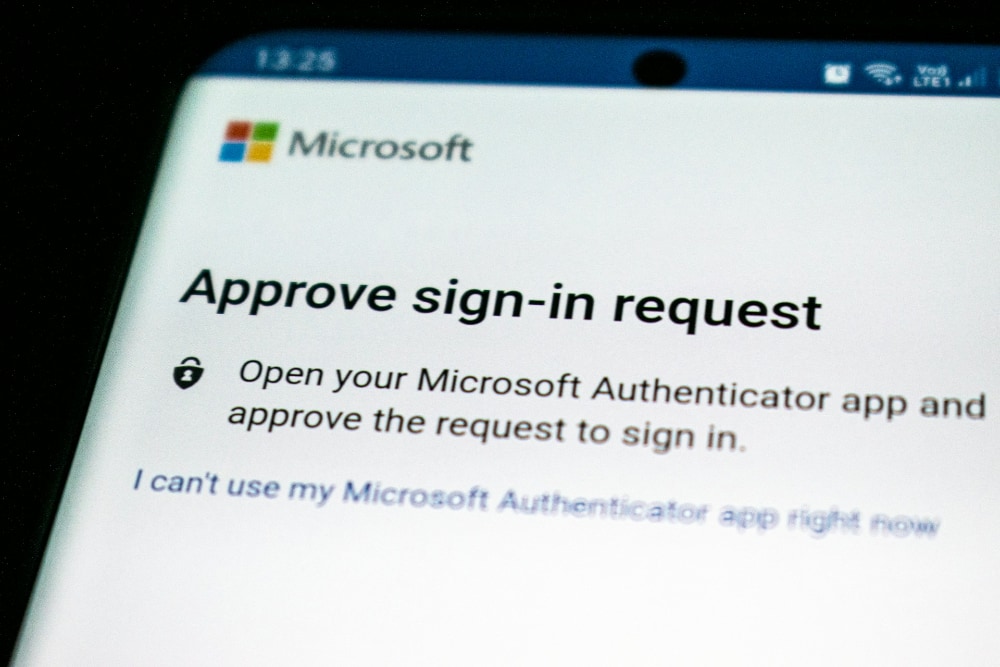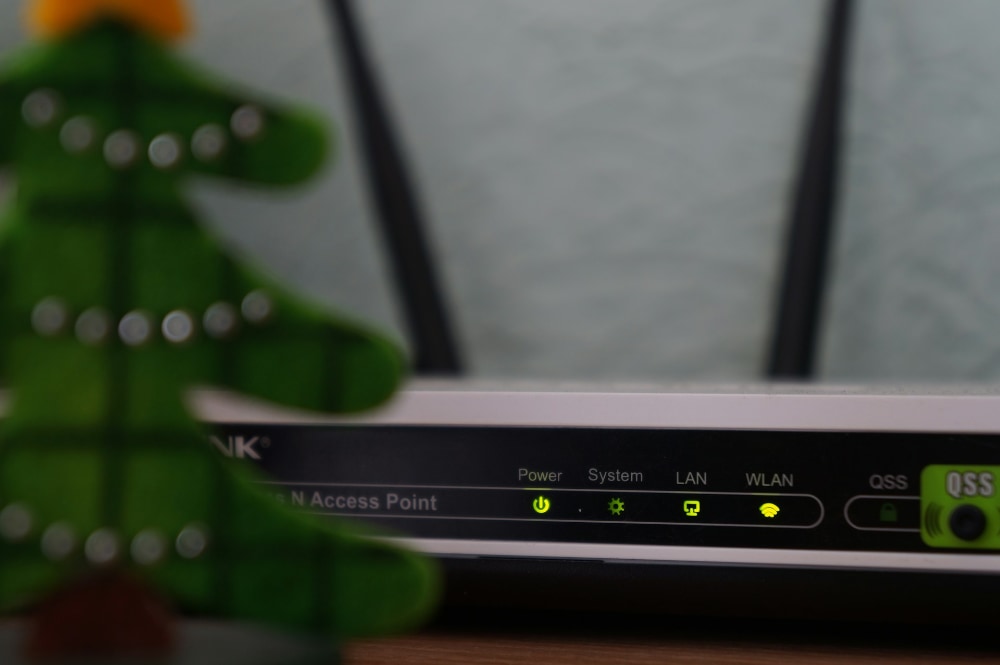In today’s increasingly digital world, cybersecurity is no longer just a concern for IT departments. With the proliferation of personal devices and remote work, individuals and businesses alike face a constant barrage of cyber threats. Whether it’s phishing attacks, data breaches, or malware, the risks are real and growing. By implementing key cybersecurity practices, you can protect sensitive data, reduce your vulnerability, and ensure a safer digital environment. Below, we explore the 10 best cybersecurity practices for both individuals and businesses, from two-factor authentication to regular data backups.
1. Enable Two-Factor Authentication (2FA)
Two-factor authentication (2FA) adds an extra layer of security to your accounts by requiring not only a password but also a second form of verification, such as a code sent to your phone. This ensures that even if your password is compromised, the attacker cannot access your account without the second factor.

For individuals, 2FA can be enabled on email accounts, social media platforms, and financial services. For businesses, implementing 2FA across corporate networks and systems significantly reduces the risk of unauthorised access. Beyond login security, 2FA is also crucial in protecting sensitive areas such as payment gateways or admin control panels.
While enabling 2FA might seem like an extra step in your daily login routine, the benefits far outweigh the inconvenience. Cybercriminals primarily target easy opportunities. By adding this additional layer of security, you’re drastically lowering your risk of falling victim to an attack. Furthermore, modern 2FA solutions offer options such as biometrics, reducing friction for users.
- Why it matters: Passwords alone can be easily stolen through phishing attacks or brute-force techniques. Adding a second verification step makes it exponentially harder for hackers to gain access, even if your password is leaked in a data breach.
- Tip for businesses: Ensure that all employees use 2FA for their work accounts, especially for admin-level accounts, which are often the prime targets for attackers. Also, enforce this across all remote access points to protect against network vulnerabilities.
2. Use Strong, Unique Passwords
Passwords are the first line of defence in protecting your accounts. Yet, many individuals and businesses still rely on weak or reused passwords across multiple accounts. A strong password is typically at least 12 characters long, uses a mix of letters, numbers, and special characters, and avoids easily guessable information such as birthdates or common words.
For businesses, the stakes are higher. Poor password hygiene can lead to breaches that expose sensitive data and damage customer trust. It’s crucial to enforce strict password policies and encourage employees to use a password manager to generate and store complex passwords securely. A password manager can significantly simplify the task of managing numerous complex passwords, removing the temptation to reuse them.

Beyond the immediate protection against password-based attacks, using strong and unique passwords for each service ensures that even if one account is compromised, others remain safe. Additionally, businesses should regularly audit their password policies, ensuring that no default passwords remain in use within the organisation.
- Why it matters: Reusing passwords across multiple platforms can lead to a domino effect where one breach leads to multiple compromised accounts. Strong passwords help mitigate brute-force attacks, where hackers try numerous combinations to crack a password.
- Tip for individuals: Avoid using personal information like pet names or birthdays. Instead, consider using a passphrase—a longer, more complex string of words that’s easier to remember but difficult to guess. Passphrases are especially effective because they balance security and ease of use.
3. Regularly Update Software and Systems
Software updates aren’t just about new features—they often contain critical security patches that fix vulnerabilities. Cybercriminals frequently exploit outdated software to gain access to systems, making it vital for both individuals and businesses to regularly update operating systems, applications, and security software. However, updates are often delayed by users or administrators who find them inconvenient, creating a significant security gap.
For individuals, turning on automatic updates for your devices can help ensure that critical security patches are applied as soon as they become available. Businesses, especially those managing a range of systems and devices, should establish clear policies around patch management, including regular audits to ensure compliance.
Neglecting updates can leave your devices exposed to a wide range of cyber threats, including zero-day exploits that target newly discovered vulnerabilities. In fact, some of the most devastating cyberattacks in recent years exploited unpatched software vulnerabilities that had been known but left unattended.
- Why it matters: Keeping your software up-to-date reduces your risk of being targeted by attacks that exploit known vulnerabilities. Hackers actively scan for systems running outdated software, making it critical to stay ahead of the curve.
- Tip for businesses: Implement automatic updates where possible and ensure that legacy systems are phased out or properly secured with compensating controls. For industries with regulatory compliance requirements, timely updates can also help avoid fines or penalties.
4. Backup Data Regularly
Data is one of the most valuable assets for both individuals and businesses. A well-structured data backup plan ensures that even in the event of a ransomware attack, hardware failure, or accidental deletion, your critical information can be recovered. In today’s environment, data loss could mean losing irreplaceable memories, critical business information, or legal documents.

For individuals, backing up photos, documents, and other important files to a secure location, whether in the cloud or on an external hard drive, can save you from disaster. For businesses, regular backups—ideally automated—should be an integral part of your disaster recovery plan. It’s also important to periodically test backups to ensure they function correctly when needed.
In the business context, maintaining regular backups that include system images allows organisations to restore not only data but also entire systems if necessary. This can be the difference between quickly recovering from an incident and suffering extended downtime.
- Why it matters: Cyberattacks, particularly ransomware, often target your data. Without backups, you could lose irreplaceable information or be forced to pay a ransom to recover it. Even beyond cyberattacks, natural disasters or equipment failure can cause data loss.
- Tip for businesses: Implement the 3-2-1 backup rule: keep three copies of your data, on two different types of media, with one stored offsite. This ensures redundancy and protection against various types of data loss, whether from physical damage, theft, or cyberattacks.
5. Educate Employees on Cybersecurity
A company’s cybersecurity is only as strong as its weakest link, and that link is often its employees. Human error is a major factor in many cyberattacks, particularly in cases of phishing and social engineering. Therefore, it’s critical to provide regular cybersecurity awareness training to employees, helping them recognise common threats such as suspicious emails or social engineering attempts.
For individuals, staying informed about common cyber threats can also help you avoid scams and phishing attacks that might target your personal accounts. However, for businesses, this extends to a formalised training programme, often involving real-world simulations, such as phishing tests, to assess employee awareness.
An educated workforce can serve as a powerful line of defence. When employees understand the risks, they are more likely to act responsibly, reducing the chances of inadvertently opening a door to cybercriminals. Regular updates to training programmes also help employees stay current on the latest threats.
- Why it matters: Most cyberattacks start with an employee clicking on a malicious link or downloading a harmful attachment. Education can dramatically reduce these occurrences, making employees your first line of defence against breaches.
- Tip for businesses: Simulate phishing attacks to test your employees’ vigilance and reinforce training in a practical, real-world way. Regularly updating the training content also ensures that employees stay aware of emerging threats and tactics.
6. Secure Your Wi-Fi Networks
Your Wi-Fi network is the gateway to your online activity, and an unsecured network can provide an easy entry point for attackers. Both individuals and businesses should ensure their Wi-Fi is protected with strong passwords and encryption. Unfortunately, unsecured networks are often overlooked in favour of convenience, leading to preventable breaches.
At home, many people leave the default router password unchanged, making it easy for hackers to access the network. For businesses, the situation is even more critical. Guest Wi-Fi, often provided for customer convenience, should be isolated from internal systems, ensuring that external users cannot inadvertently access sensitive business data.

Proper Wi-Fi security goes beyond just setting a strong password. It also includes using up-to-date encryption protocols, like WPA3, and disabling unnecessary features such as remote management. Businesses, in particular, should regularly audit their network configurations to ensure compliance with security best practices.
- Why it matters: An unsecured network can allow hackers to intercept data, including passwords and financial information. Attackers often exploit weak network security to gain initial access, then pivot to more sensitive areas.
- Tip for businesses: Use WPA3 encryption for your business network and ensure that guest Wi-Fi is isolated from critical internal systems. Consider implementing network segmentation to further limit access to sensitive systems based on user roles.
7. Use a Virtual Private Network (VPN)
A Virtual Private Network (VPN) encrypts your internet connection, making it much harder for cybercriminals to intercept your data. VPNs are particularly useful when working remotely or using public Wi-Fi, as these environments are more vulnerable to attacks. A VPN masks your IP address and makes your online activity less traceable, adding another layer of privacy.

For businesses, providing employees with VPN access ensures secure communication between remote workers and the company’s internal network. This is especially important for organisations with a distributed workforce or for employees who travel frequently. Enforcing VPN use ensures that sensitive company data is not exposed over unsecured connections.
Beyond the obvious benefit of secure browsing, a VPN can also help bypass geo-restrictions, which can be important for businesses operating in multiple regions. Additionally, VPNs prevent ISPs and other third parties from tracking your online activity, further enhancing privacy.
- Why it matters: Public Wi-Fi is often unsecured, leaving your data vulnerable to interception. A VPN provides a secure connection, whether you’re checking emails in a coffee shop or working remotely.
- Tip for individuals: Always use a VPN when connecting to public Wi-Fi networks. For the best security, choose a reputable VPN provider with a no-logs policy and strong encryption standards.
8. Implement Role-Based Access Control (RBAC)
Role-Based Access Control (RBAC) limits access to systems and data based on an employee’s role within the organisation. This ensures that only authorised personnel can access sensitive information, reducing the risk of internal threats or accidental data exposure. For example, a marketing team member doesn’t need access to financial data, just as an IT administrator doesn’t require access to HR records.
For businesses, implementing RBAC is a critical step in protecting sensitive data and complying with privacy regulations like GDPR or HIPAA. This approach limits the potential damage of a breach by ensuring that even if one account is compromised, the attacker doesn’t gain access to everything.
RBAC can be managed through identity and access management (IAM) tools, allowing for easy enforcement and auditing of access policies. It’s also important to review these roles regularly, adjusting them as employees move within the organisation or as job functions evolve.
- Why it matters: Limiting access to sensitive data reduces the likelihood of insider threats and ensures compliance with data protection regulations. Even if an account is compromised, the attacker’s access will be limited to only what the user’s role permits.
- Tip for businesses: Regularly audit user access rights to ensure that they align with current job functions. Remove access immediately when employees leave the company or change roles, as lingering access points can create unnecessary security risks.
9. Monitor for Suspicious Activity
Detecting cyberattacks before they cause significant damage is crucial. Both individuals and businesses should actively monitor for suspicious activity, such as unauthorised logins, unusual device behaviour, or changes to security settings. Many security tools offer real-time monitoring and alerts that can notify you of potential breaches.
For businesses, implementing Security Information and Event Management (SIEM) systems can help centralise the detection of suspicious behaviour across the network. By collecting and analysing data from various sources, SIEM tools can help identify patterns that might indicate a potential attack. Regular auditing of logs and systems can also reveal signs of compromise.

Monitoring is about being proactive. Once an attack is detected, swift action can limit damage and prevent further spread. Organisations should have incident response plans in place, ensuring that they are ready to act when suspicious activity is detected.
- Why it matters: The faster you detect a cyberattack, the faster you can respond. Delayed detection often leads to greater damage, whether it’s more data being stolen or malicious software spreading throughout the network.
- Tip for individuals: Enable login alerts for all your accounts, so you’re immediately notified if someone attempts to access your account from an unrecognised device or location. This can provide an early warning of a potential breach.
10. Conduct Regular Security Audits
A security audit is a comprehensive assessment of your security policies, systems, and practices. For businesses, regular audits are essential for identifying vulnerabilities, ensuring compliance with industry regulations, and validating that security controls are functioning as intended. Individuals can also benefit from self-audits by reviewing account security, device settings, and data backup practices.
For businesses, audits should involve testing everything from firewall configurations to employee security awareness. Conducting regular penetration tests, where ethical hackers attempt to breach your systems, can also provide valuable insights into potential weaknesses. These audits not only help improve security but also demonstrate due diligence in the event of a data breach.
By identifying weaknesses before they are exploited, you can take corrective action to strengthen your defences. Additionally, security audits provide an opportunity to review and update policies, ensuring that they reflect current best practices and emerging threats.
- Why it matters: Cyber threats evolve quickly, and what was secure a year ago may not be secure today. Regular audits ensure that your defences are up-to-date and capable of defending against the latest threats.
- Tip for businesses: Hire third-party auditors to provide an objective assessment of your security posture. These external audits can uncover blind spots that internal teams may overlook, offering a fresh perspective on your organisation’s security practices.
Conclusion
Cybersecurity is not a one-size-fits-all solution. It requires a combination of best practices, from using strong passwords and 2FA to regularly updating software and backing up data. For businesses, additional layers of protection, such as firewalls, access controls, and continuous monitoring, are essential to safeguarding critical assets.
Both individuals and businesses must remain vigilant and proactive, as the cyber threat landscape is constantly changing. By implementing these 10 best practices, you can greatly reduce the risk of cyberattacks and protect your personal and professional data.
In an age where digital threats are on the rise, securing your information has never been more important. Whether you’re an individual trying to safeguard your personal accounts or a business aiming to protect sensitive data, these cybersecurity practices are vital steps toward a safer digital future.
Photos by Ed Hardie Paulius Dragunas Siyuan Hu Misha Feshchak Privecstasy Luis Villasmil on Unsplash

